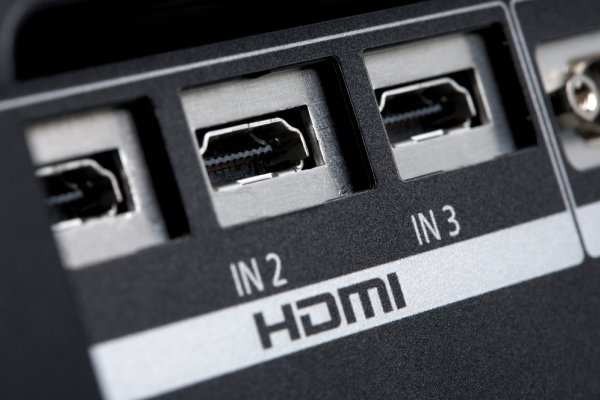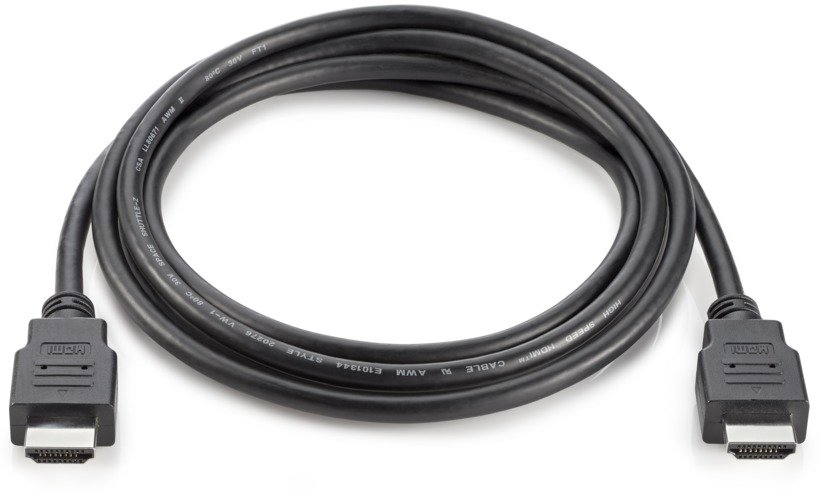You spent a small fortune on your sound system and connected everything to it to enjoy the full sound. Your TV, game console, blue ray, everything is connected and working like a charm. It works for everything except your PC. On your PC you still have to use headphones or a 2.1 stereo system, because your backside or side of your PC/laptop has only 3.5 mm jack audio output. But, does it have to be that way? Is there a way to connect your PC to the surround system and enjoy the sound of your games and videos on the same level as you enjoy it from the rest of your sound sources? Yes, you can. You’ll just have to look for an answer in a bit of an unexpected place.
It is kind of silly that, after all these years, you need to do anything other than plug-and-play if you want to get a surround sound. Technology has come a long way, as have most of the devices used to play sound, but PCs have somehow got left out from the “user-friendly” approach when it comes to playing high-res audio files or anything more than a stereo sound. Not because of the hardware restrictions, but because no one has put some effort to simplify the process. In the end, you have all the components required to make it happen, but the recipe is not in the most obvious place. SO let’s figure it out.
Where to plug and what to use?
One way to solve this problem is to spend a small fortune on a high-end sound card and use its digital output ports. If you are that kind of a PC user, you probably already have a full surround and you can skip this article. However, most people are not into music production and don’t require separate hardware to produce and process sound, so there is no need for that. All you need is one available HDMI port on your graphics card. What? Sound from a graphic card? Yes. And, if you stick with this article, you will understand why.

You should have one available HDMI port because most displays nowadays use better kinds of connections like DVI or similar. And even if there is none, most graphics cards come with two HDMI ports. So, step number one is – plug your HDMI cable into the available slot on your PC and connect it to the input on your AVR or soundbar.

This unexpected connection between your PC and your sound system will work because your HDMI carries both audio and video signals from your PC to your display. You can, in fact, use the HDMI ARC port on your AVR or soundbar and get this signal to your TV or a second display. But, if you choose not to, you will get surround sound without putting any additional stress on your graphic card, because AVR will let it know you are sending audio-only and that there is no need to include the graphics.
In other words, we will convince windows that there is a second display connected to the graphic card and it will send an uncompressed, full signal to it through the HDMI cable.

The hardware side of the things wasn’t that hard, was it? One cable and two proper ports and your PC and the sound system are connected.
However, getting a full sound is, as you already know, not as simple as plug-and-play. Before you start enjoying your surround sound, you have to do a bit of tweaking in your PC settings to tell the Windows what you want to do with this new HDMI “display”.
Windows settings
Audio settings
The first thing you want to do is go to the settings in your start bar and open it. Then type in “sound” and choose “manage audio devices” from the offered options.
Go to the “playback” tab and choose “NVidia HD audio device” with the name of your receiver above it. Set it to default.
Then go to the “Advanced” tab and select 24bit, 192000 Hz studio quality, or the max quality your receiver will support.
You can enhance your sound on your PC or leave the work to the receiver. It is up to you.
Close the advanced tab and click the “Configure” button on your Playback tab.
Choose your speakers setup and then on Next. Check all the boxes on the next card and click the next until you get to finished.
You finished the audio setup. All that is left is to tell the graphics settings what are you up to.
Graphics settings
Right-click on the desktop and go to the NVIDIA control panel. Click on it
Look on the left side of your screen. Find an option called “Set up multiple displays”
Check both boxes next to your displays. Check the real one and the “fake” one, e.g. your HDMI to AVR connection.
Now click on “surround spanning options”. This is to prevent your mouse pointer from wandering off into none existing display.
Make sure this option is disabled and click on the “Apply” button on the lower right corner of the window.
Now restart your PC and you’re done.
AVR/Soundbar settings
There is nothing special to do here. Just make sure that you have selected a proper source on your receiver or soundbar when you want it to play the sound coming from your PC and you are good to go.
Summary
If you have a high-speed internet connection and enjoy watching video content or listening to high-res music on your PC, you will want to connect your personal computer to your surround sound system. You can do this by utilizing an HDMI port on your graphics card for connection between the PC and Audio Video Receiver or the soundbar.
Connect your HDMI out on your graphic card with HDMI Input on your receiver.
After you’ve done this go through the windows settings for audio and graphics and make sure you’ve chosen the right audio output and quality settings, as well as display setup.
Reboot your PC and enjoy.

